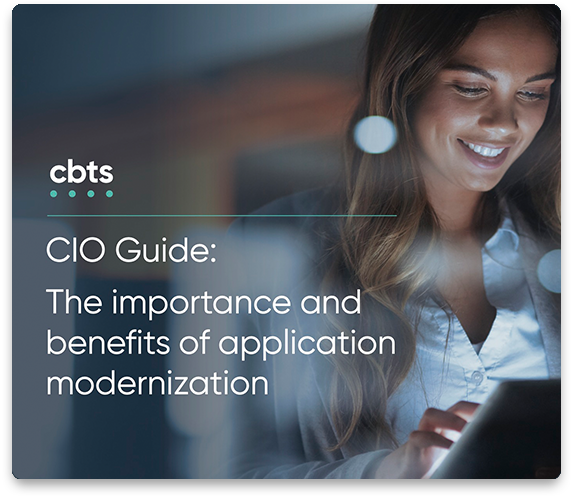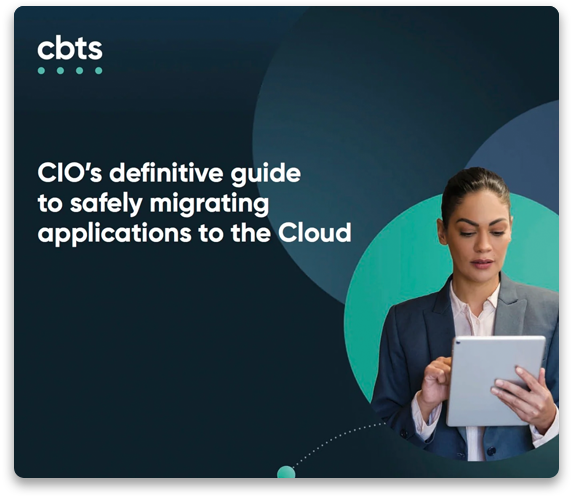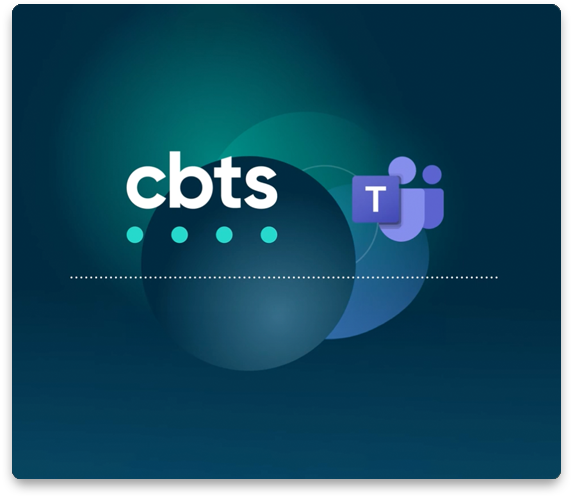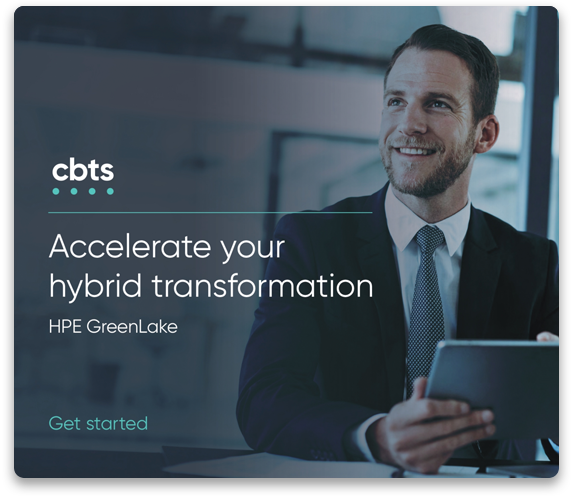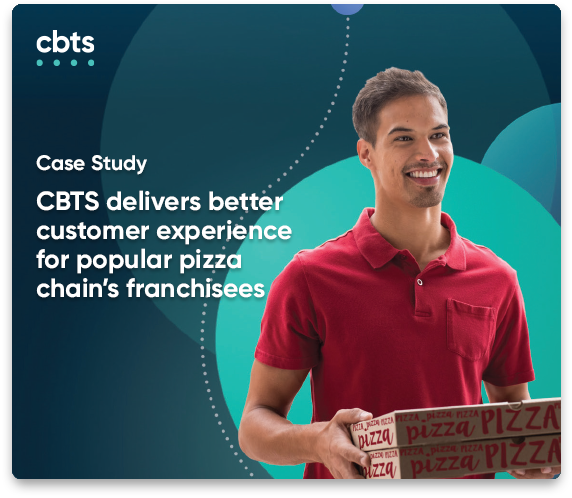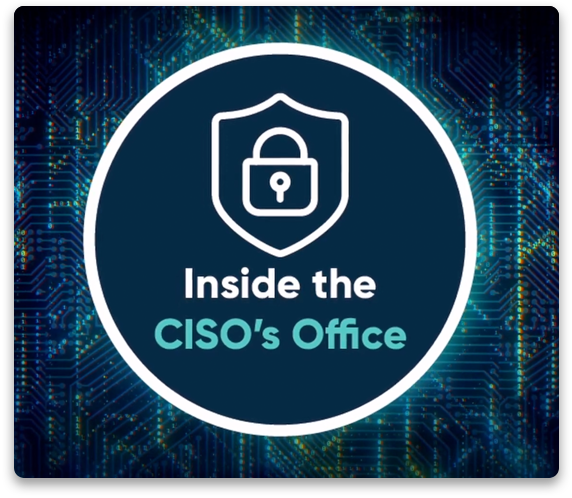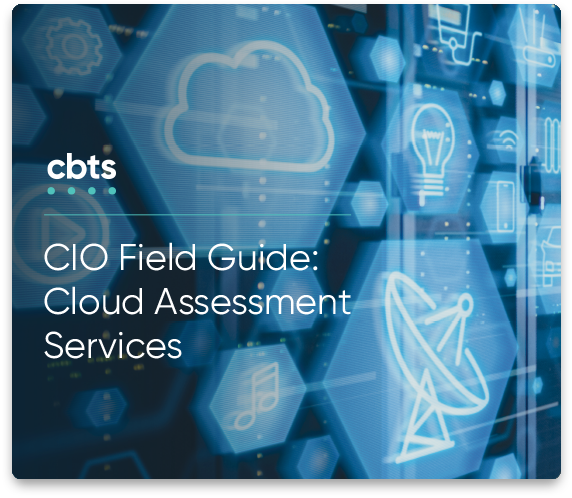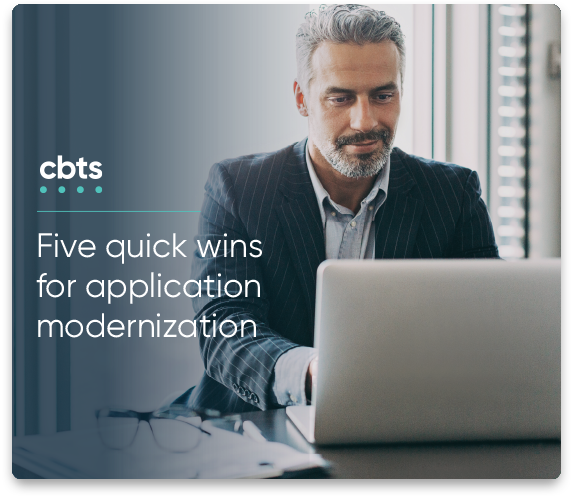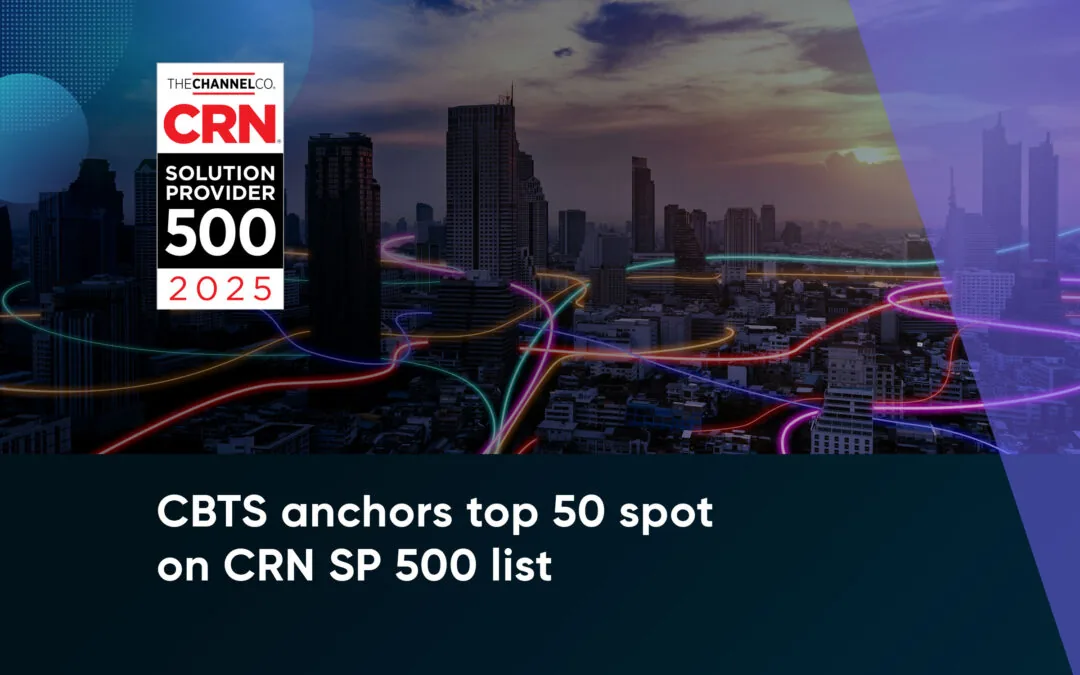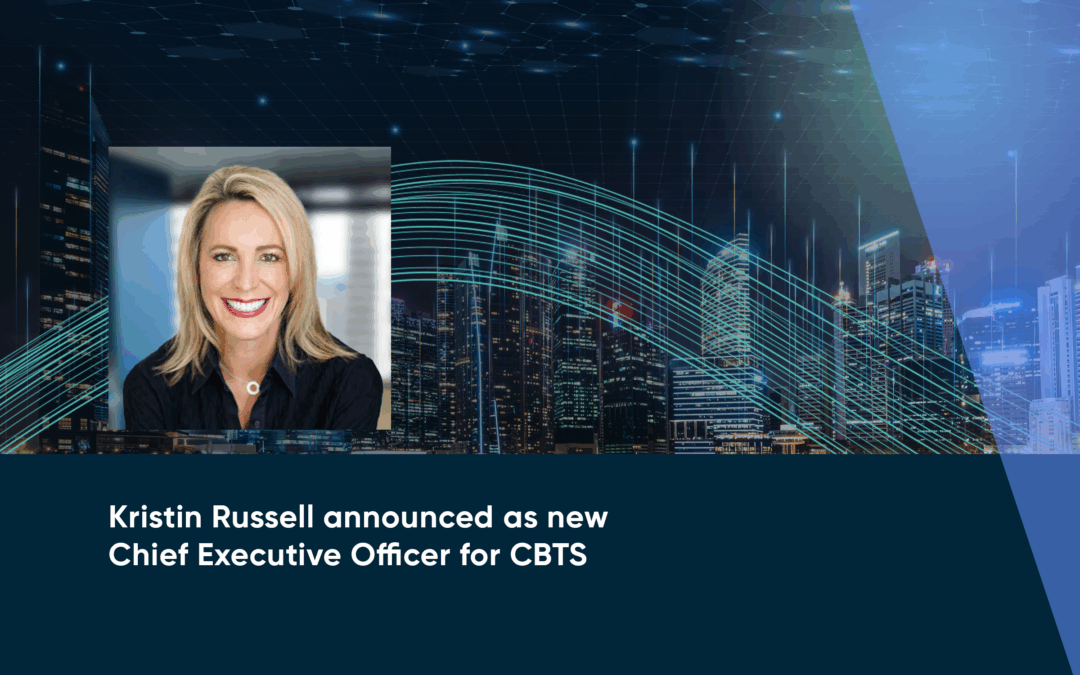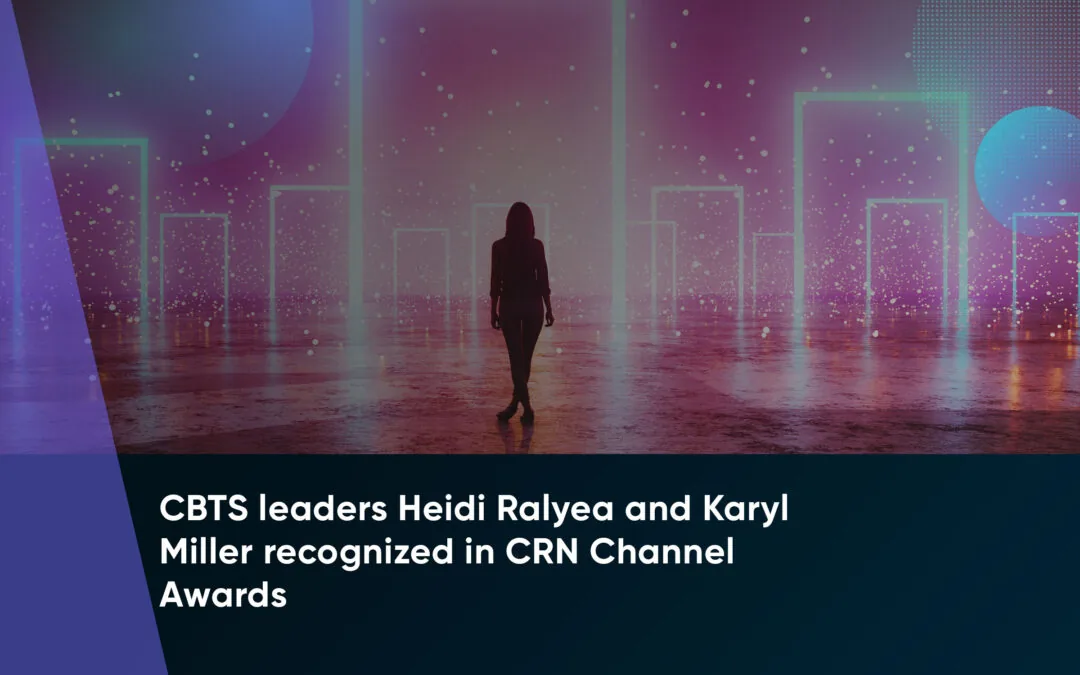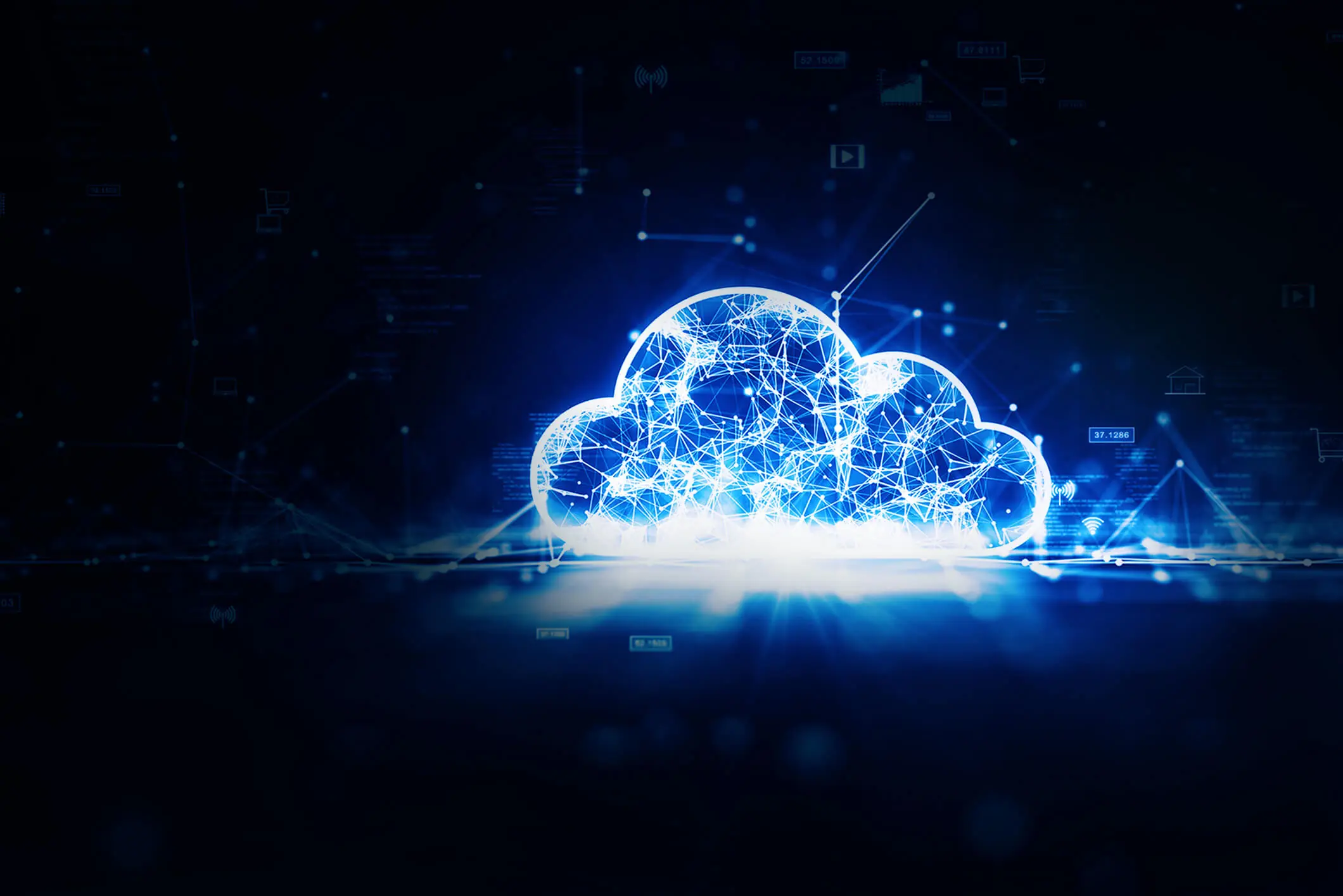
Why cloud computing is the future of business
According to Gartner, by 2028, most organizations will no longer view cloud computing as a disruptive technology or an innovation driver. Instead, most companies will consider the Cloud as necessary for business operations.
Several factors are driving this development. For one, cloud spending is growing exponentially. Gartner predicts global cloud spending will top $1 trillion by 2027, while IDC predicts this milestone will be surpassed in 2024. Another driver of cloud adoption is the sheer volume of data currently being generated. It’s estimated that the amount of data organizations generate worldwide doubles every two years. Last year, an estimated 130 zettabytes of data were produced.
Mining these mountains of data for vital insights is one of the primary use cases for AI and the Cloud and a principal goal for many organizations. AI and machine learning are also drivers of the normalization of the Cloud. Most organizations do not have the resources to deploy AI on-site without the AI as a service model deployed by companies like ChatGPT and Microsoft.
Additionally, the Cloud enables enterprises to access cutting-edge technologies such as IoT devices, edge computing, event-driven architectures, and quantum computing. This post examines the technologies behind this drive and explores the evolving role of cloud computing, now and in the future.
The shifting role of the Cloud
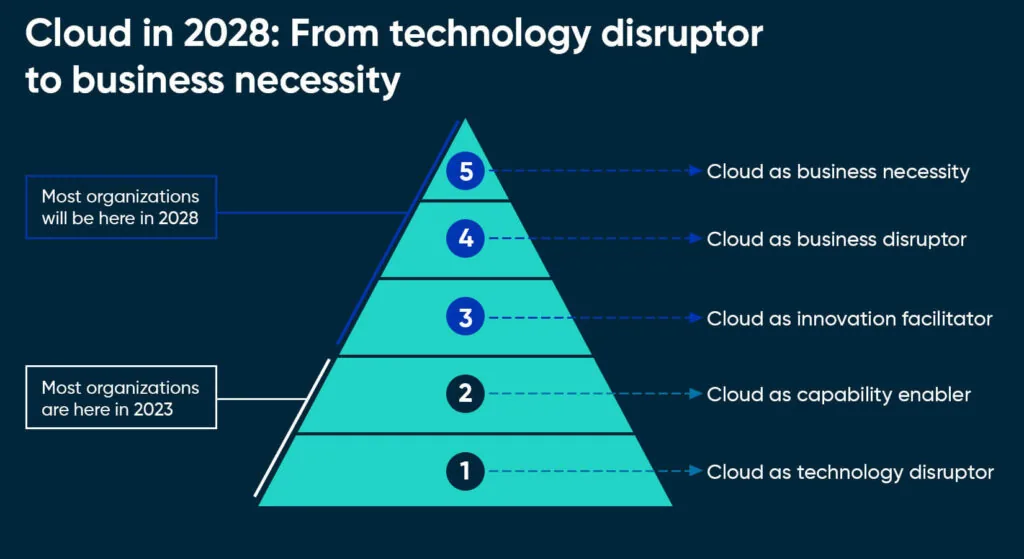
The first wave of cloud innovation focused on storage and cloud application delivery (Software as a Service, or SaaS). These innovations fueled numerous use cases, including hybrid work environments, AI, IoT device deployments, and low-code/no-code development. Over the next few years, the next wave of innovations will focus on compute processes that will allow organizations to mine and utilize their data in new ways. Additionally, we’ll see further innovations in the virtualization front, allowing organizations to access services on demand rather than relying on hardware and onsite infrastructure.
Also read: Nine compelling benefits of a CBTS managed cloud environment
Market forces driving the future of cloud adoption
Sustainability
The big three cloud providers (AWS, Google, and Microsoft) have pledged to hit net-zero carbon emissions over the next few decades. AI and cloud computing will be increasingly critical in analyzing and optimizing energy usage and managing power grids. IoT devices can also monitor server rooms to automatically maintain optimal HVAC temperatures and send alerts when energy demand spikes.
Compliance and governance
Threats from bad actors are becoming more and more sophisticated. High-profile breaches have driven regulators to create increasingly strict guidance on securing end-user data and protecting privacy. As discussed later in this post, cloud-native security is the primary method of staying compliant with the latest regulations in your industry.
The technology trends driving the future of the Cloud
AI/ML
To deploy AI and machine learning, whether for generative purposes, data analysis, intelligent routing of network traffic, or rooting out the latest malware threats, it must have access to vast quantities of data and powerful computing resources. Cloud technology provides the data and computing power needed to drive AI and allows access to the general public through AI as-a-service via the Cloud.
Hybrid cloud and multi-cloud
Organizations often face a choice during digital transformation: Do they seek the control and security of a private cloud or the flexibility and ease of use of a public cloud?
Hybrid clouds solve this dilemma by combining the private cloud operations of an on-premises data center with the resources of a public cloud. A hybrid cloud is delivered through a single cloud platform despite combining multiple cloud services and vendors. Hybrid clouds afford organizations greater flexibility and agility without the cost burden of private clouds. A downside to hybrid clouds is that they are challenging to implement without the support of third-party technology consultants.
Additionally, organizations may utilize multiple cloud providers for different aspects of operations. This approach is known as a multi-cloud.
Industry clouds
Driven by increasingly stringent compliance and governance regulations, industry clouds offer cloud solutions relevant to specific industry verticals, such as healthcare or finance. These tools are built with data compliance in mind and cater to the particular computing needs of target industries. This area is rapidly evolving. Gartner predicts that by 2027, nearly three-quarters of enterprises will use an industry cloud.
Serverless computing, containers, and microservices
Serverless computing shifts the cost model for organizations that normally pay for the amount of server storage they use to the specific cloud resources they use. This model reduces waste for businesses because they no longer need to pay for server space that they are not currently using.
Related to this concept are containerization and microservices. Containers are isolated “packages” that contain an application and all its dependencies—code, runtime, libraries, and so on—that ensure the application will run efficiently regardless of the environment. Containerization increases agility, flexibility, and speed for developers working in cloud-native environments.
Microservices split an application into smaller sub-processes that can run independently or in conjunction. Microservices allow enterprises to scale application functions on demand and increase the reliability of the application.
Application modernization of core apps
As proof of the concept of digital transformation, many organizations choose to migrate less critical legacy applications to the Cloud first. However, cloud-native applications are quickly becoming the standard. Organizations that lag behind in migrating mission-critical applications to the cloud risk getting left behind by their competitors.
Learn more: CBTS Application Modernization services bring your company into the digital age
IoT and edge computing
Cloud virtualization has facilitated low latency or edge computing. This means that devices connect to the network’s edge rather than backhauling traffic to a data center. Edge computing enables IoT devices such as cameras, sensors, and wearables to securely transmit data in various use cases.
Securing the next phase of cloud computing
Gartner sees a shift in attitude regarding security and the Cloud. Ten years ago, the cloud was considered less secure than on-premises data centers. However, time has shown that cloud computing is generally safer than on-prem. Gartner predicts that by 2027, cloud computing will “just be accepted” as the standard operating procedure.
To protect organizations in hybrid and multi-cloud deployments, a range of security technologies and standards have arisen in response to compliance demand:
- Zero trust – A guiding set of principles based on the principle of least access as deployed across multiple security pillars–Identity, Devices, Networks, Applications, and Data.
- Encryption – Securing data in transit and at rest with advanced ciphers.
- Blockchain – Blockchain is a decentralized digital ledger technology that ensures secure, transparent, and tamper-proof transactions. It has the potential to revolutionize the security of many industries, not just finance.
- Identity access management (IAM) – Reduces the risk of unauthorized access by controlling access and permissions.
- Extended threat detection and response (XDR) and incident response – XDR uses machine learning and AI to analyze data from endpoints, networks, and cloud environments to identify and prioritize security incidents. It helps organizations improve security by providing a centralized view of security events and allowing for more streamlined incident response. Incident response maps out organizational responses to cyberattacks and breaches methodically.
Managing the cloud journey
As we have seen, cloud computing is the future of business. It will become ubiquitous by 2028. Organizations will reap the many benefits of developing cloud technology and AI to become more agile, efficient, and to stay ahead of the competition. However, navigating these changes is formidable to even the most experienced IT team and can draw valuable resources away from mission-critical endeavors.
CBTS has a long history of helping our clients negotiate the ins and outs of digital transformation. If cloud computing is inevitable, we can help your organization stay ahead of the curve by utilizing our certified engineers and project managers.
Get in touch to learn more.

